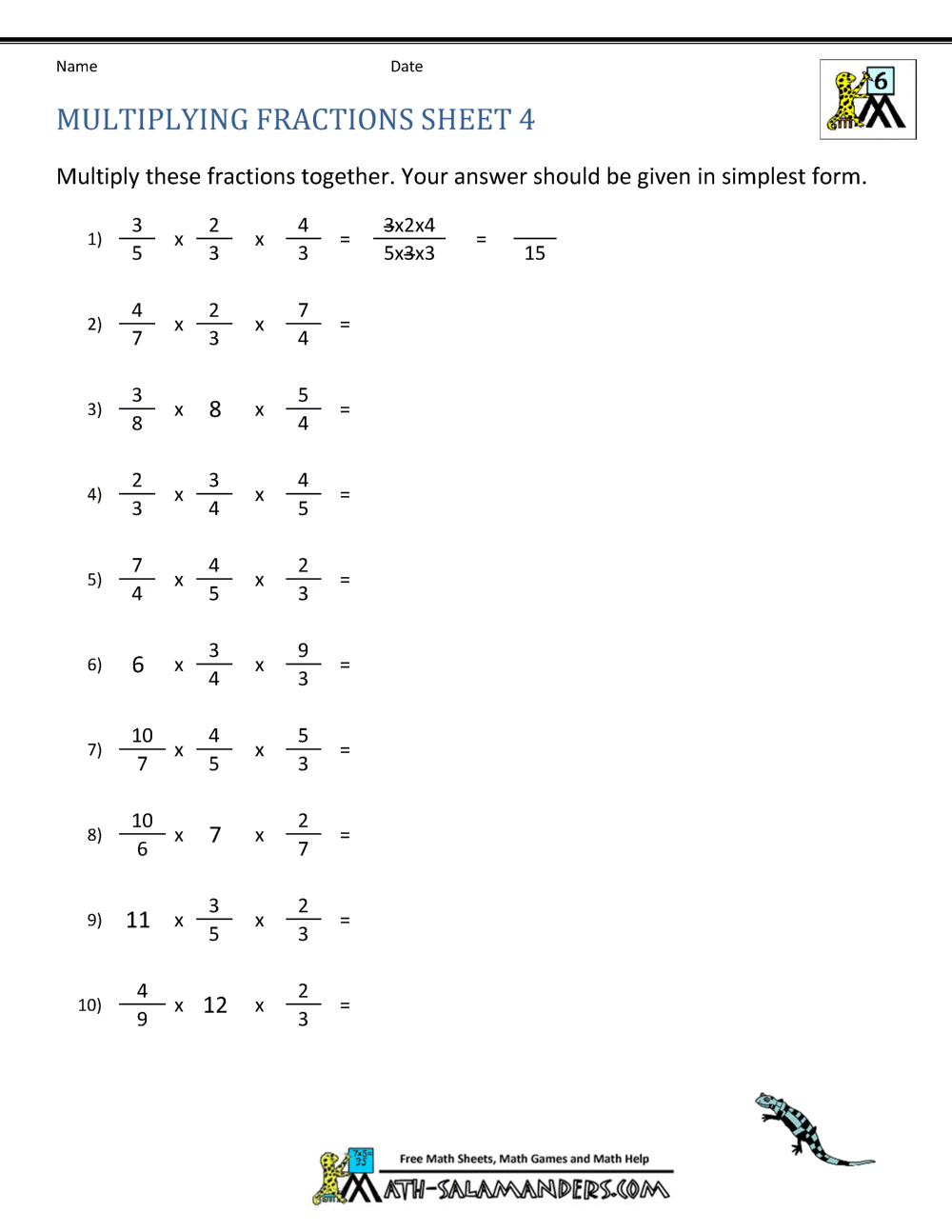MULTIPLYING FRACTIONS
To continue exploring fractions from my last post, I decided to work on multiplying fractions!
Honestly, this topic was a lot simpler than I remember it being.
To multiply fractions, whether the denominator is the same or different, you use the same procedure.
First, you multiply across the top (multiply the numerators). Next, you multiply across the bottom (multiply the denominators). Finally, you simplify if possible!
EXAMPLE:

Fractions in themselves can be really daunting for students, so it's important to make sure that your students have a good grasp on fractions before moving on to multiplying. Also, make sure that your students understand that even if the denominators are the same, you still need to multiply them!
Here's some fun worksheets to practice those fraction multiplication skills!


This video is a little silly, but I remember seeing tons of videos with catchy songs about math concepts in elementary school and they always stuck with me. Try this video out if your kids are still confused or you want to incorporate a more fun teaching resource!
https://www.youtube.com/watch?v=CcDGRLosAf0
Honestly, this topic was a lot simpler than I remember it being.
To multiply fractions, whether the denominator is the same or different, you use the same procedure.
First, you multiply across the top (multiply the numerators). Next, you multiply across the bottom (multiply the denominators). Finally, you simplify if possible!
EXAMPLE:
Fractions in themselves can be really daunting for students, so it's important to make sure that your students have a good grasp on fractions before moving on to multiplying. Also, make sure that your students understand that even if the denominators are the same, you still need to multiply them!
Here's some fun worksheets to practice those fraction multiplication skills!


This video is a little silly, but I remember seeing tons of videos with catchy songs about math concepts in elementary school and they always stuck with me. Try this video out if your kids are still confused or you want to incorporate a more fun teaching resource!
https://www.youtube.com/watch?v=CcDGRLosAf0
Comments
Post a Comment